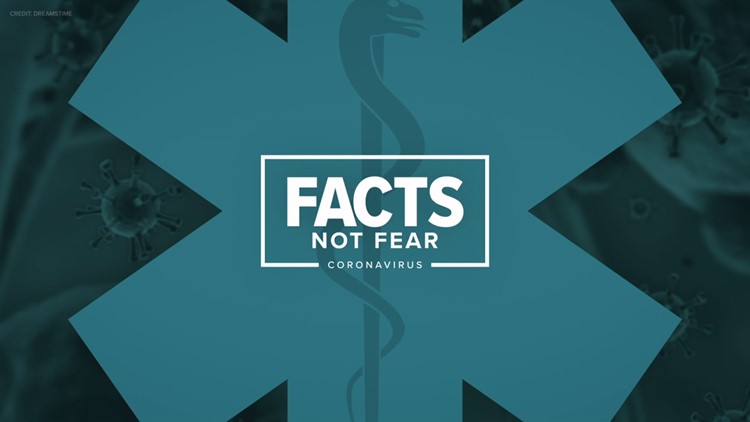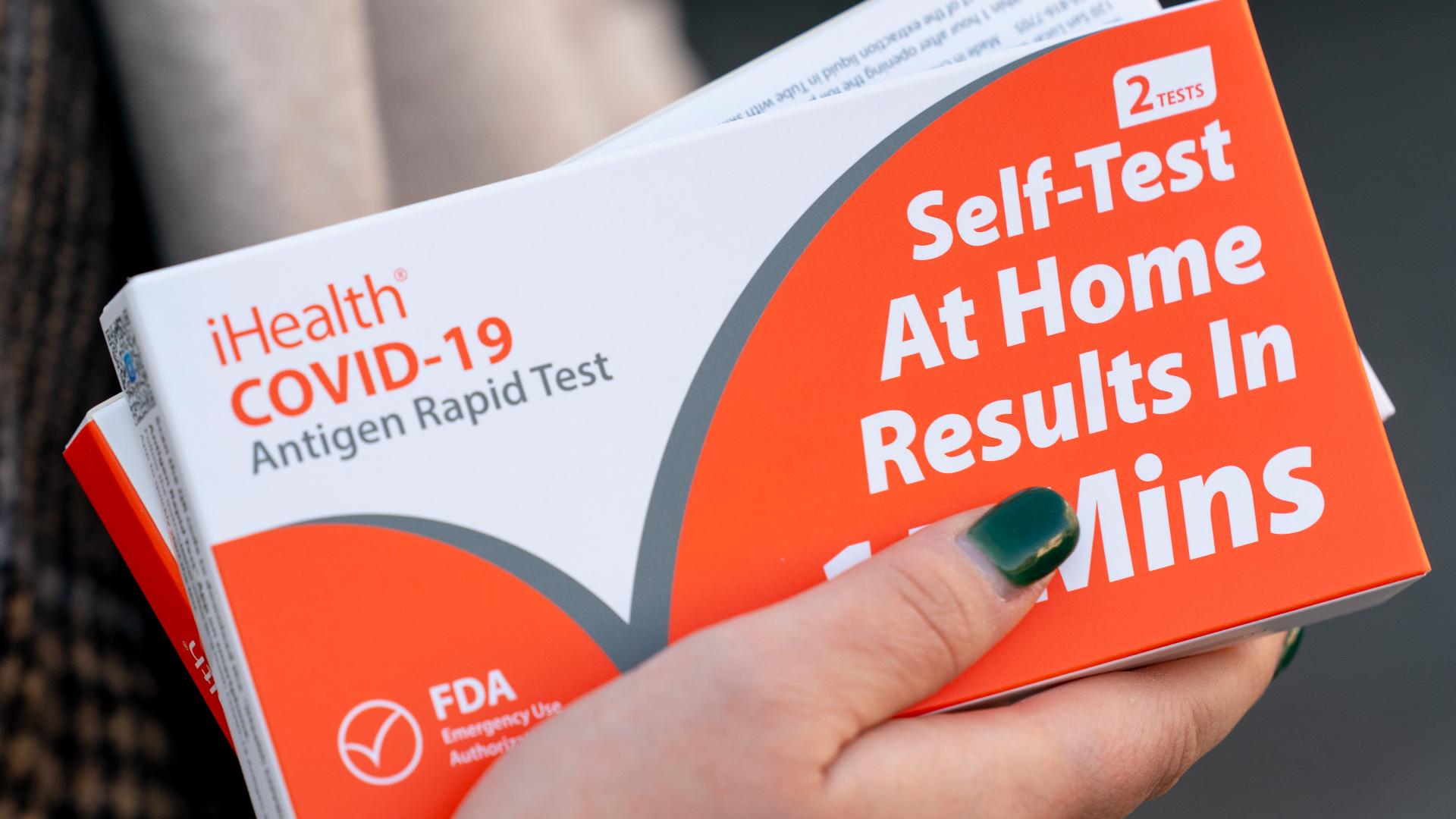DES MOINES, Iowa — The Centers for Disease Control and Prevention continues to monitor COVID-19 as it spreads throughout the world and into the United States.
As travelers from the U.S. head back to the states, they may find themselves being quarantined or isolated to keep the general public safe from contracting this strain of coronavirus.
The goal of isolation and quarantine is the same: protect the public by preventing exposure to people who have or may have a contagious disease.
Travelers coming back from the following areas are subject to be quarantined or isolated:
- China
- Hong Kong
- Iran
- Italy
- Japan
- South Korea
The CDC says the federal government has authority to declare isolation and quarantine nation-wide when necessary. State, local and tribal governments enforce isolation and quarantine techniques.
The Iowa Department of Public Health is urging those that have traveled from COVID-19 affected countries to self-isolate.
Self-Isolating
The CDC defines isolation as separating sick people with a quarantinable communicable disease from those who aren't sick.
The IDPH recommended those traveling into Iowa from countries affected by the coronavirus voluntarily self-isolate for 14 days.
During those 14 days, the IDPH recommends you to do the following:
- Stay home for the majority of this time. Don't go to school, work, public areas or large gatherings.
- The IDPH says you may be able to go to work as long as you are able to work in a space without others within six feet. It's best to talk with your employer and health officials to determine if that's possible.
- Do not use public transportation, ride sharing or taxis.
- Postpone any travel. If travel is absolutely necessary, inform healthcare and local public health personnel if you get sick while traveling.
- Wash your hands and practice good hygiene.
- As long as you feel healthy, you can leave home (in a private car) for a limited time to take care of routine or necessary activities, i.e. grocery shopping or stopping at the pharmacy. Try to avoid busy times of the day.
- Postpone all non-essential medical appointments until your isolation is complete. If you have an essential medical appointment, work with your healthcare provider and local public health officials to coordinate the visit.
During self-isolation, monitor your temperature. Taking your temperature twice a day is recommended by the IDPH. Keep an eye out for fever and watch out for coughing or difficulty breathing.
If you develop any of these symptoms, contact your doctor as soon as possible. Tell them about your recent travel to the area affected by COVID-19.
If you need emergency medical attention, be sure to let them know you have been monitoring yourself for this coronavirus.
Quarantine
The CDC says quarantines are used to separate and restrict movement of people who were exposed to a contagious disease to see if they become sick.
To slow the spread of COVID-19 into the U.S., the CDC is working with public health partners to implement new travel procedures announced in the Presidential Proclamation on Novel Coronavirus.
The main focus is on China, since the first cases were reported in Wuhan.
In short, foreign nationals who have visited China in the last 14 days are not allowed to enter the United States.
On the other hand, American citizens, lawful permanent residents and their families that have been to China in the last 14 days are allowed to return. However, they will be redirected to one of 11 airports where the CDC has quarantine stations.
Those airports are:
- John F. Kennedy International Airport
- Chicago O'Hare International Airport
- San Francisco International Airport
- Seattle-Tacoma International Airport
- Daniel K. Inouye International Airport
- Los Angeles International Airport
- Hartsfield-Jackson Atlanta International Airport
- Dulles International Airport (near Washington, D.C.)
- Newark Liberty International Airport
- Dallas-Fort Worth International Airport
- Detroit Metro Airport
Once you arrive to the airport, you'll be asked about your health and travel. Then you'll be screened for fever, cough or breathing troubles.
Depending on your health and travel history, you may have some restrictions on your movement for a period of 14 days from the time you left.
Here's a look at where quarantine stations are in the U.S.:





